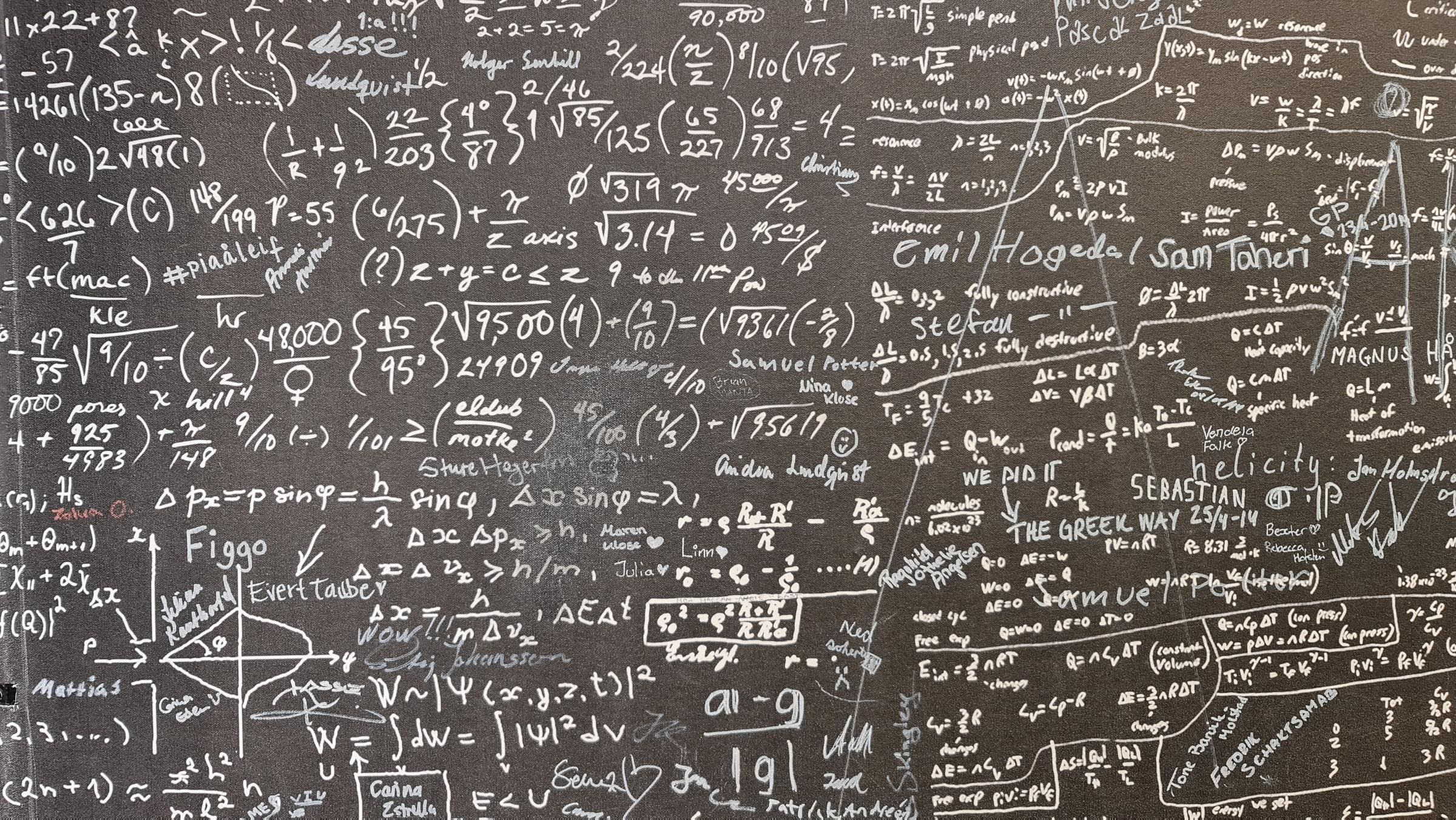Mathematics

MATHEMATICS
The College offers three mathematics courses for study at Year 10. These courses cater for the diverse interests of students grounding students in the necessary mathematical concepts, skills and knowledge to support them in their future studies in mathematics.
- Year 10 General Mathematics: This course is designed for students who wish to undertake General Mathematics at Unit 1 and 2 level in Year 11.
- Year 10 Mathematical Methods: This course is designed for those students who intend to pursue Mathematical Methods (CAS) at Unit 1 and 2 level in Year11.
- Year 10 Foundation Mathematics: This course is designed to provide numeracy skills for life and the workplace and promote students’ awareness of the importance of mathematics in everyday life.
GENERAL MATHEMATICS
Content Strands
- Number and Algebra
- Measurement and Geometry
- Statistics and Probability
General Mathematics provides units of study for a broad range of students. The appropriate use of graphing calculator (CAS) technology to support and develop the teaching and learning of mathematics is incorporated throughout the course.
What Will Students Learn?
Number and Algebra:
- Recognise the connection between simple and compound interest.
- Solve problems involving linear equations and inequalities and pairs of simultaneous linear equations and related graphs, with and without the use of digital technology.
- Substitute into formulas, find unknown values, manipulate linear algebraic expressions, expand binomial expressions and factorise quadratic expressions, with and without the use of digital technology.
Measurement and Geometry:
- Solve and explain surface area and volume problems relating to composite solids.
- Use parallel and perpendicular lines, angle and triangle properties, similarity, trigonometry and congruence to solve practical problems and develop proofs involving lengths, angles and areas in plane shapes.
- Solve right-angled triangle problems including those involving direction and angles of elevation and depression.
- Use digital technology to construct and manipulate geometric shapes and objects, and explore symmetry and pattern in two dimensions.
Statistics and Probability:
- Compare univariate data sets by referring to summary statistics and the shape of their displays.
- Describe bivariate data where the independent variable is time and use scatter-plots generated by digital technology to investigate relationships between two continuous variables.
- Evaluate the use of statistics in the media.
MATHEMATICAL METHODS
Content Strands
- Number and Algebra
- Measurement and Geometry
- Statistics and Probability
Course Overview
This subject is offered to students who have been achieving at high standards throughout Year 9. Students in this class have excellent mathematical skills, especially in the areas of algebra and graphing. The Mathematical Methods course follows the Victorian Curriculum Year 10 and 10A requirements. During the year, students will develop their understanding of mathematical processes and applications to problems, with and without technology. This course will continue to develop mathematical knowledge and skills in preparation for advanced VCE Mathematics courses such as Mathematical Methods.
What Will Students Learn?
- Solve problems involving linear equations, including those derived from formulas.
- Solve linear simultaneous equations, using algebraic and graphical techniques including using digital technology.
- Solve problems involving parallel and perpendicular lines.
- Expand and factorise algebraic expressions.
- Use matrices to solve equations.
- Simplify algebraic products and quotients and surds using index laws.
- Apply the four operations to simple algebraic fractions with numerical denominators.
- Expand binomial products and factorise monic quadratic expressions using a variety of strategies.
- Use the unit circle to define trigonometric functions and graph them with and without the use of digital technologies.
- Solve simple trigonometric equations.
- Represent linear, quadratic and exponential functions numerically, graphically and algebraically, and use them to model situations and solve practical problems.
- List outcomes for multi-step chance experiments involving independent and dependent events, and assign probabilities for these experiments.
FOUNDATION MATHEMATICS
Content Strands
- Number and Algebra
- Measurement and Geometry
- Statistics and Probability
Course Overview
In this course there is a strong emphasis on using mathematics in practical contexts relating to everyday life, recreation, work and study. It is also designed to promote students’ awareness of the importance of mathematics in everyday life in a technological society and globalised world. It also provides for the continuing mathematical development of students who do not intend to study advanced VCE Mathematics at Year 12.
What Will Students Learn?
- Recognise the connection between simple and compound interest.
- Determine best buys by comparing unit prices.
- Apply financial arithmetic knowledge and skills to a real-life application problem such as budgeting.
- Calculate area and perimeter of various regular shapes and composite shapes, using a range of units of measurement.
- Calculate the total surface area (TSA) and volume of various 3D objects
- Apply measurement and geometry knowledge and skills to a real-life application problem such as renovating a house.
- Sketch and interpret simple linear graphs.
- Calculate statistical values (mean, median, mode, range, quartiles) of data sets.
- Describe general trends and relationships between two data sets from a graph of two continuous variables.
- Evaluate the use of statistics in the media.